Amish Start Community In Middle Of Nowhere
And I write “Middle of Nowhere” with affection, because I happen to be quite fond of many middle-of-nowhere places. But in reality, this is somewhere – specifically the Sandhills of Nebraska.

Amish who appear to be a part of the Michigan Circle (that group has been showing up a good bit here lately) have started up a new settlement in the area of a town called Valentine. Though in fact the community is some 40 miles from Valentine. It just happens to be the closest mailing address (which is how some Amish communities are “named”).
I wasn’t familiar with the Sandhills region until I spoke with Paul Hammel, the reporter who did the article at the Nebraska Examiner. Apparently it is a very remote and sparsely-populated area. Just like some Amish people like it.
So just how middle-of-nowhere is this middle-of-nowhere place? Well, the county in question is Cherry County. This is a big county by area – the largest in Nebraska. In fact, it’s larger than the entire state of Connecticut – but has a population less than 5,500 people.

The settlement is actually closer to a village called Kilgore, home to 77 of Cherry County’s rare residents. This section of the article gives you a feel for things:
This isn’t traditional Amish country – that’s the eastern U.S., home to smaller farms, dairies, lush green pastures and castle-like barns, not the dusty Sandhills dotted with black beef cattle.
The bishop of the small-but-growing settlement south of Kilgore says his band is getting used to the omnipresent cockleburs and deer flies, the sandier soil and the dearth of nearby “Amish taxi” drivers who can give his people a lift to stores in Valentine, a 40-mile drive away.
Reuben Miller, the 46-year-old bishop of the Kilgore Amish community, said their draft horses aren’t quite acclimated yet to the drier grasses of the Sandhills, but they’re getting there.
“I’ve had itchy feet for a long time, and I like the West,” Miller said. “I wanted to get away from people.”
Dressed in the traditional, homemade trousers, suspenders and straw hat favored by the Amish, Miller described how he and his brothers sold a 160-acre farm on a busy corner near Holton, Michigan, and moved earlier this year to a 5,038-acre ranch along the Niobrara River south of Kilgore.
The settlement, which includes Miller’s family of 13, may eventually grow to 15 to 20 families. That would be enough to rival the second-largest community in Cherry County: Cody, population 167.
Like in other new settlements, such as in New Mexico, some Amish people are looking not for the traditional dairylands, but for the vaster expanses of cattle country and the like.
Another note here is that Nebraska has slowly started getting more attention among Amish. For many years there were just two or three settlements in the Cornhusker State. Two more communities were added in 2020, with this Kilgore group making it a half-dozen in the state. See the latest community figures by Edsel Burdge and Joe Donnermeyer for specific estimates on Amish populations in Nebraska and 31 other states.

When Amish want to start new communities, the economics part of course comes into play. This was another interesting bit from Paul’s article:
The group is not without money — they paid $9.65 million for the 5,038 acres of land they purchased along the Niobrara River, according to Cherry County records.
Wesner, who documents Amish life, said some Amish are quite wealthy, via regular saving and regular work. And the Kilgore group likely got a high price for its land in Michigan, where farmland prices average about $6,400 an acre.
Added Miller, “We go to work every day.”
The Kilgore Amish have established two businesses so far, one for saw sharpening and another for producing log-home kits. Brand-new sheds sit along the gravel road for one business, and on a high hill, workers prepare a log home for shipment.
It sounds like the group bought a single tract of land collectively, which they’ll portion out in some way. However this doesn’t mean that the Amish are doing things like the Hutterites, a related Anabaptist group known for sharing property in common.
It may have simply been the best way to get the land they wanted for the numerous families which will make up the settlement. Amish practice individual ownership of property (for the most part). It’s often been the case in previous new Amish communities that a large land purchase is made, and then pieces of land are sold to individual families.
Finally, this part of the article suggests the balance that the Amish (and these Amish in particular) are trying to achieve when it comes to interaction with society:
Miller said that the Amish are opposed to “modernism” and that living a simple life is part of their culture.
There are no televisions at the settlement, and he finds radio — which he hears while catching rides from local drivers — “annoying.”
“The less I hear about (the outside world), the better off I am,” Miller said, though he added that the Amish “are not opposed to society.”
“We need them,” he said, holding a battery-operated drill as he spoke.
They won’t remove those annoying distractions completely – that’s impossible. But by choosing to start up where they did, in the “middle of nowhere”, this group is apt to find fewer of those annoyances than most of us, Amish included.


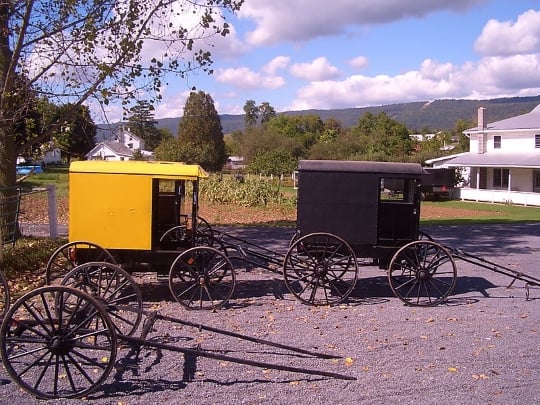


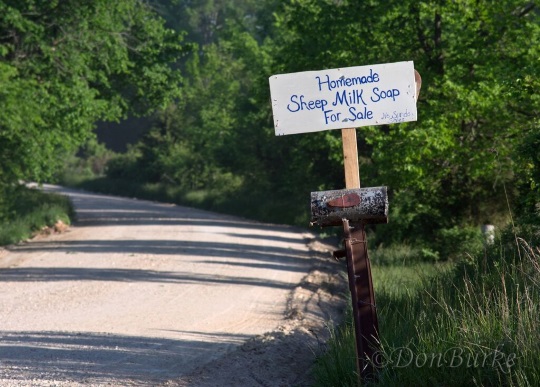
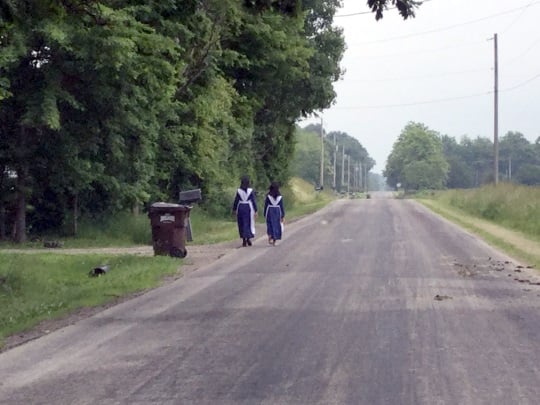
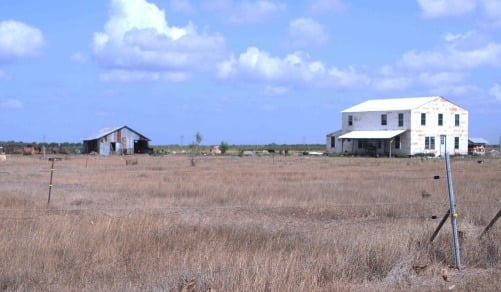
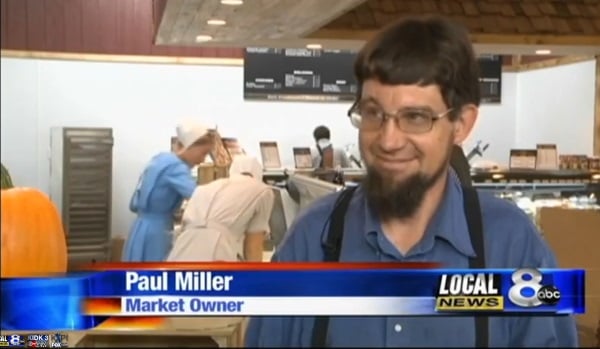
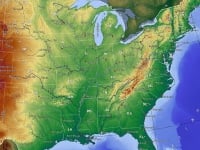
The global state likes that spot too. Someone should tell the amish to get south of the US.
Thank you
Erik, thanks for the update. You’ve given me a whole ‘nother perspective. I used to think I lived in the middle of no where here in Kansas. Now I don’t.
Jim
Ha Jim glad if these posts help shed some light on what counts as middle of nowhere. On the other hand, I’m sure there’s a county in Alaska somewhere that makes Cherry County look like Manhattan. Anyway you made me chuckle.
Kilgore
I hope the Amish presence in Kilgore might go some way towards sprucing up the town which looks pretty drab and tacky, at least from the picture. Somewhere under the overgrowth of weeds and grass is apparently a sidewalk and the buildings might look a little better with a few coats of paint. I recall many years ago in grade school looking at a map of Nebraska in an encyclopedia and wondering about Cherry County which dwarfs all the other counties in Nebraska. Thanks for an informative article, I hope there are more articles about the Amish in Cherry County in the coming years and whether Kilgore found the wherewithal to get some paint and fix up its buildings.
Away with Annoyances!
Dear Erik,
Thank you for reporting on this new isolated Amish community in Nebraska. The Amish instinct to get away from the world’s unnecessary annoyances is not only remarkable but serves them well to maintain the Faith and their whole way of life. They embody not only understanding of the world but wisdom not of this world. I pray that this new community thrives.
Sincerely,
Larry Lewis
London, Ontario, Canada.